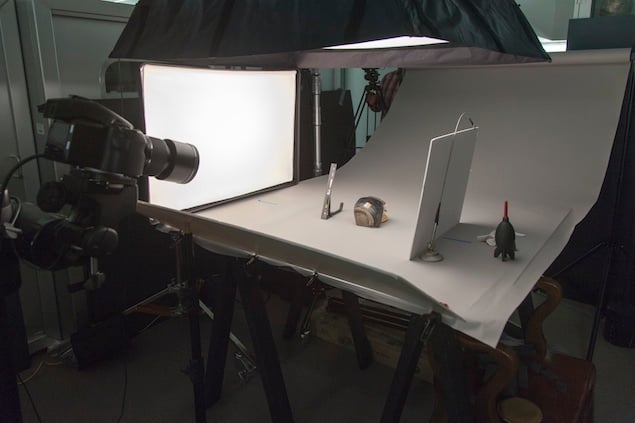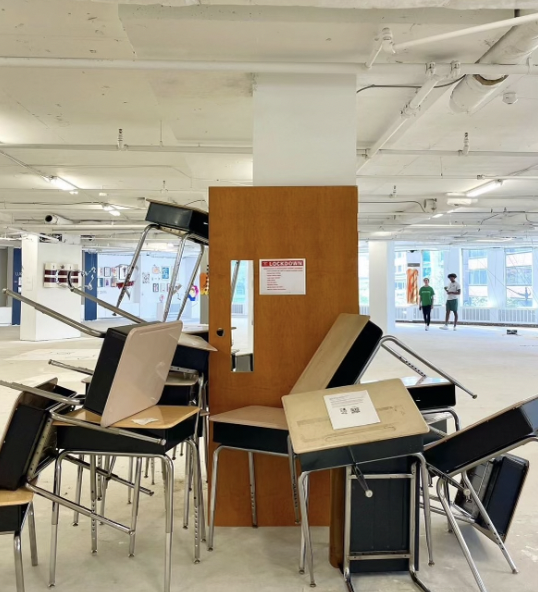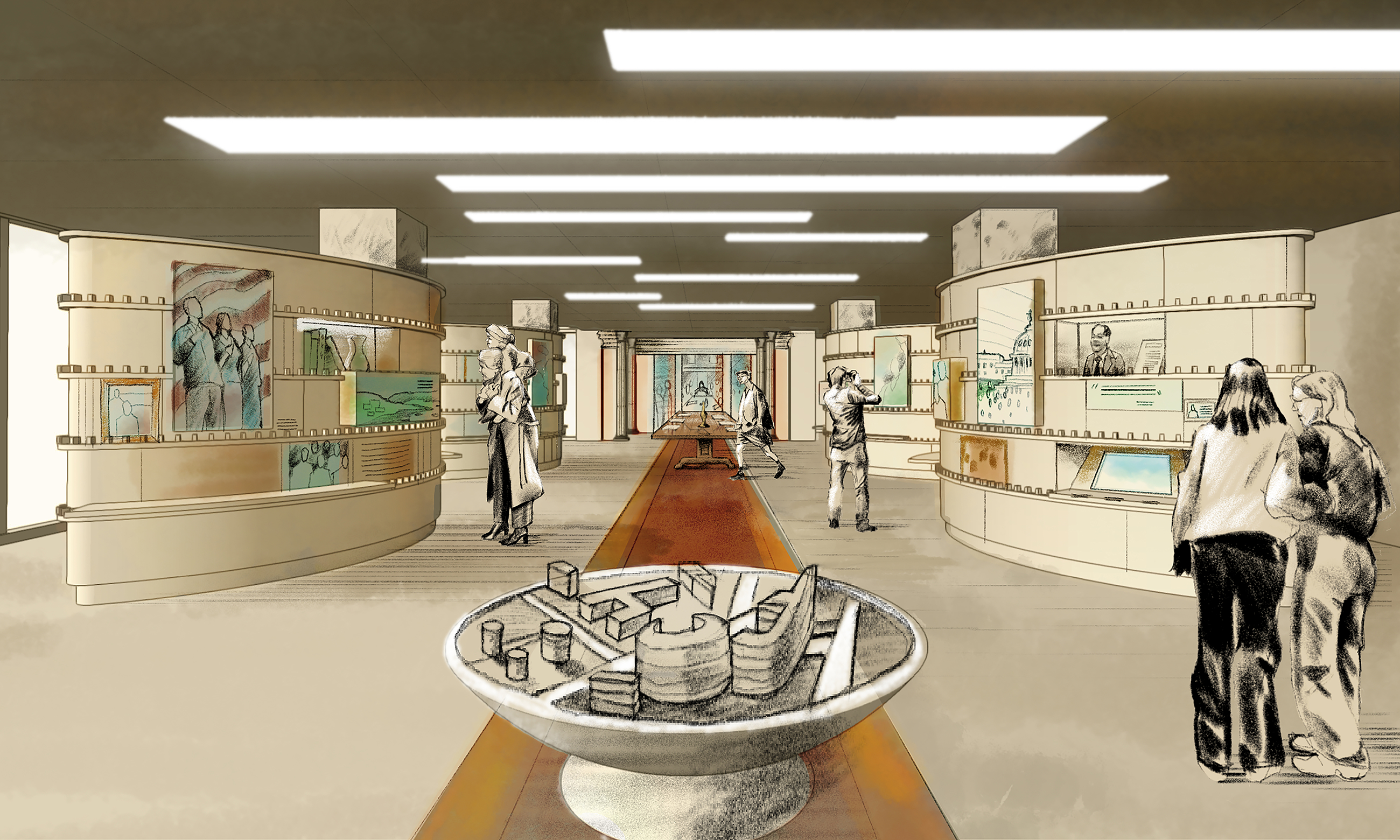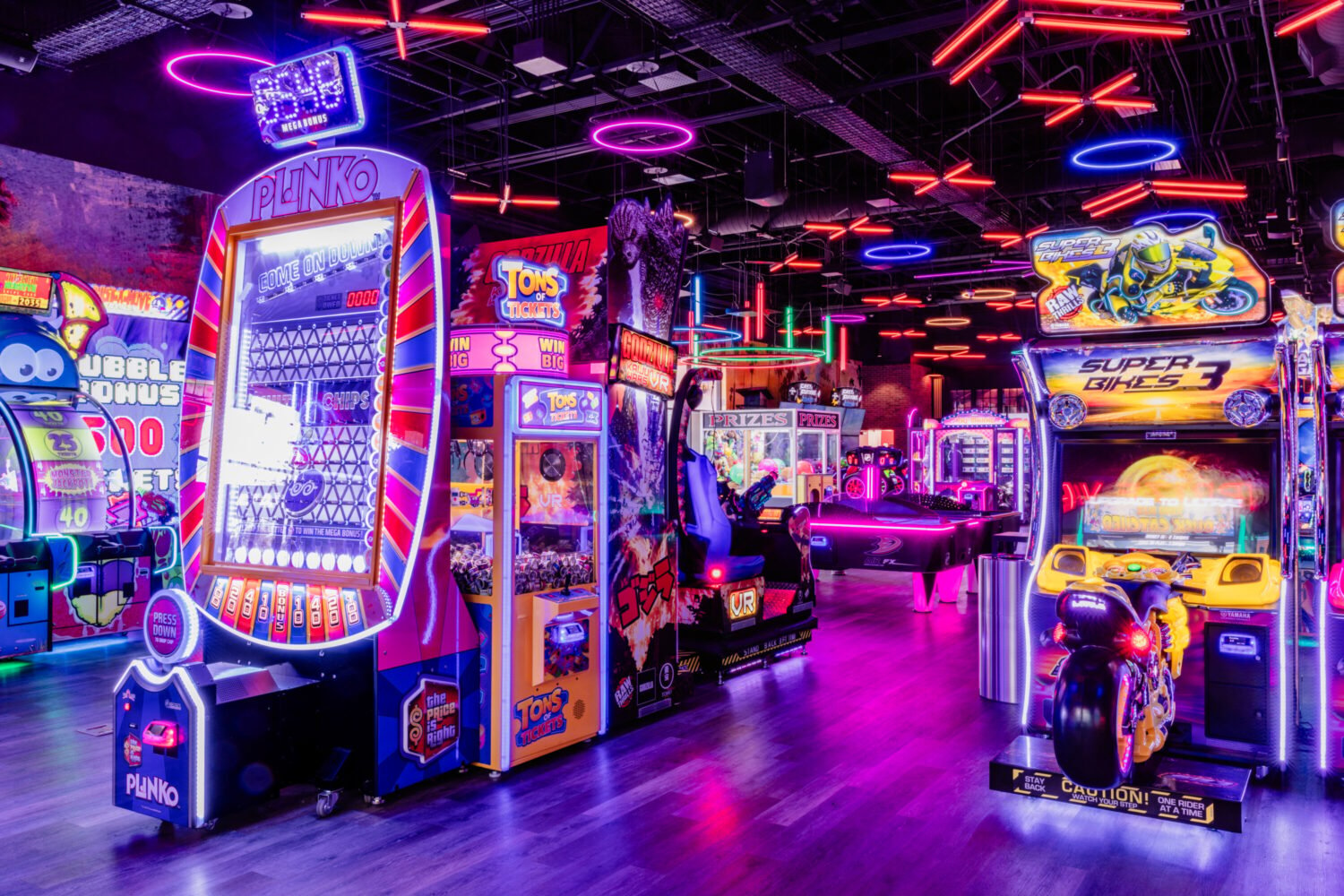One of the big positives of living in Washington is the wealth of world-class art available to see—for free—364 days a year. Beginning January 1, anyone with internet access will get a taste of what that’s like when the Freer and Sackler galleries unveil their entire collections as completely digitized archives. This means the more than 40,000 objects that make up the galleries’ collections will be catalogued online with high-resolution images, more than 90 percent of which will be available to download for non-commercial use.
With the January launch of the “Open F|S” initiative, the Freer and Sackler will become the first Smithsonian facilities and the only Asian art museums in the United States to have fully digitized collections. Currently, only about 14,000 objects have images available online, and not all of them are high-res, says Courtney O’Callaghan, the museums’ director of digital media and technology. The new collection will more than double the number of images and will include everything from large-scale works such as the Peacock Room, which the Freer Gallery was built around, to “tiny unnamed ceramic shards that mean a lot to archaeologists but aren’t exactly fan favorites,” O’Callaghan says.
But why is this digital collection necessary? Can’t you just see most of this stuff by going to the galleries in person? Actually, no, explains O’Callaghan. Only a fraction of the collected objects is viewable to visitors at any given time, and “78 percent of the collection has never been publicly displayed.”
As you might guess, photographing and scanning such a large trove of objects is no small feat; O’Callaghan estimates the project took some 4,000 hours in 2014 alone. But the results, she says, will be worth it: “The primary aim is to democratize the museum experience. Not everybody can visit the Smithsonian to see the objects; not everybody will have the level of knowledge or scholarly credentials to go into the archives; and some of the objects will never be displayed because of their sensitive nature. This removes those barriers.”
The number of museums that have opted to digitize their collections is still small, both because of the scope of undertaking and because some are concerned about the possible drawbacks of releasing their full inventory—that it will discourage people from actually visiting the museum, for instance, or that it will hurt sales in museum gift shops. But O’Callaghan has a rosier outlook: “This is not going to limit who comes to our museum—it may grow the audience, because people will be able to see the details of the amazing objects we have on screen and want to come experience that in person.”















